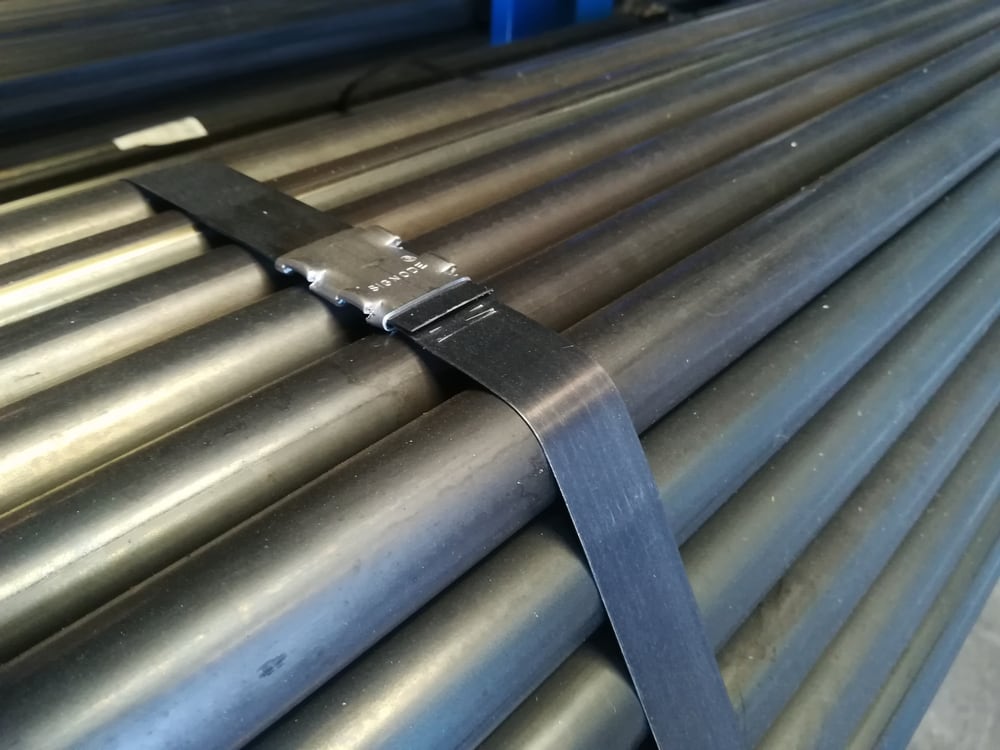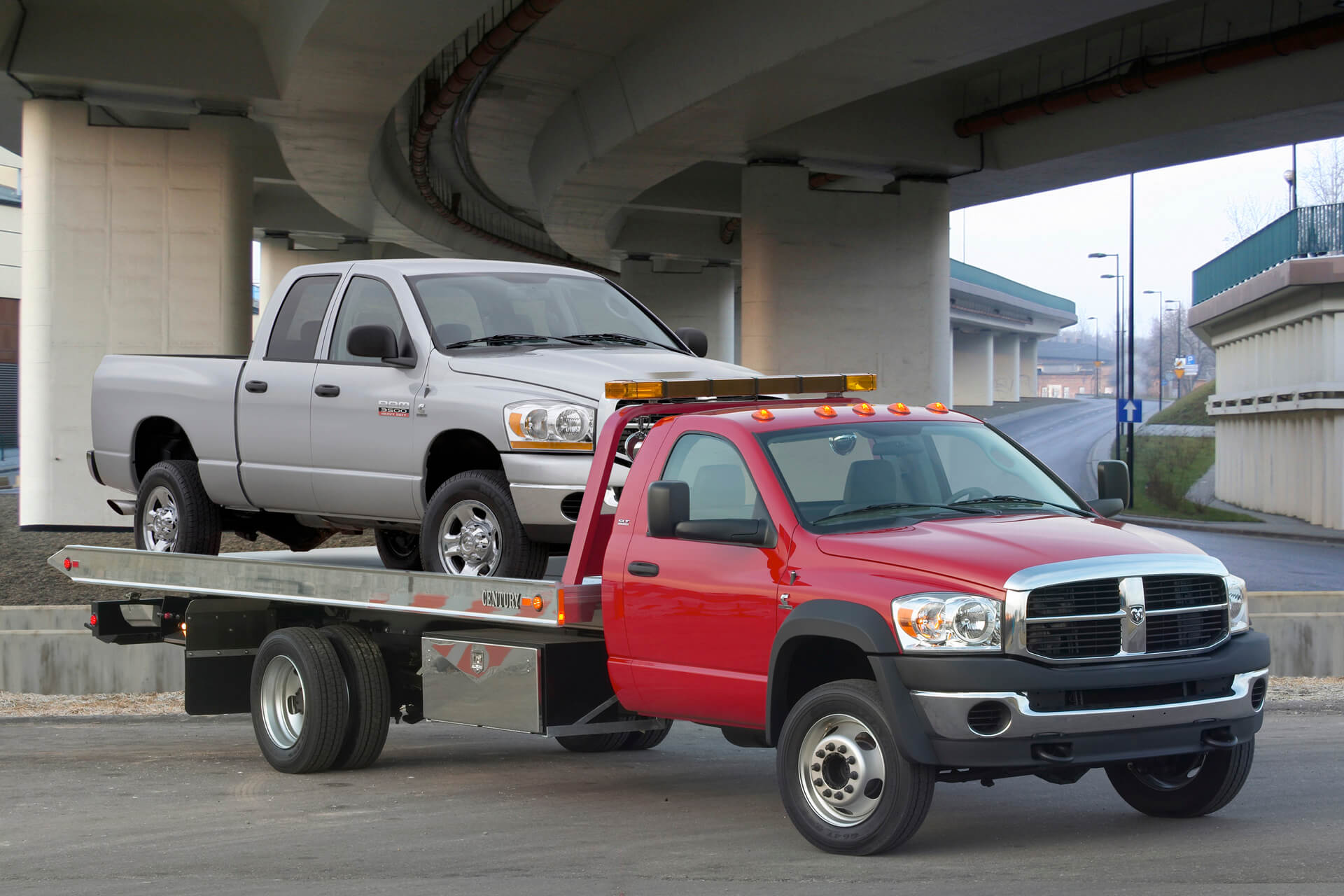Steel Strapping: The Heavy-Duty Solution for Industrial Packaging
When it comes to securing heavy or large loads, steel strapping stands as a top choice in industrial packaging. But what makes it so reliable, and why do companies rely on it to safeguard goods during transport? This article takes an in-depth look at steel strapping exploring its benefits, applications, and what sets it apart from other strapping options.
1. Introduction to Steel Strapping
Packaging and shipping goods safely can be challenging, especially when it comes to heavy or oddly shaped items. Steel strapping is a robust and reliable solution designed to handle the toughest loads. But how does it work, and why is it considered the industry’s heavy-duty packaging option? Let’s dive in.
2. What Is Steel Strapping?
Steel strapping is a high-tensile band made from cold-rolled steel, specifically designed to hold items securely during transport or storage. Unlike plastic or polyester straps, steel strapping offers maximum durability, making it ideal for heavy industrial applications. Imagine trying to secure a load as heavy as a car engine or large construction materials—only steel can provide the strength needed to keep everything in place.
3. Key Benefits of Steel Strapping
Why choose steel strapping over other materials? Here are some top benefits:
- Strength and Durability: Steel has high tensile strength, which means it can withstand great force without breaking.
- Weather Resistance: It can endure extreme temperatures and harsh weather, making it suitable for outdoor and long-term storage.
- Stability for Heavy Loads: Ideal for securing large items, as it prevents shifting or moving during transit.
4. Types of Steel Strapping
There are a few types of steel strapping designed to meet specific needs. Here’s a look at the most common options:
- Regular-Duty Steel Strapping: Suitable for lighter industrial applications.
- High-Tensile Steel Strapping: With a stronger, more resilient design, it’s used in applications that demand extra security, such as for heavy machinery.
- Painted and Waxed Steel Strapping: These types come with a protective coating for added corrosion resistance and smoother handling.
5. Steel vs. Other Strapping Materials
Steel strapping is not the only option available for securing loads. So, how does it compare to other strapping materials?
- Polyester Strapping: Great for lightweight items but lacks the tensile strength required for heavy-duty applications.
- Nylon Strapping: While strong, it is more prone to environmental damage and is generally more expensive.
- Polypropylene Strapping: Works well for light to medium loads, but doesn’t have the rigidity and strength of steel.
6. Common Applications of Steel Strapping
Steel strapping is the go-to solution for a variety of industries, including:
- Construction: Used to bundle heavy construction materials like bricks, pipes, and steel beams.
- Automotive: Essential for transporting large automotive parts such as engines and transmissions.
- Metals and Mining: Perfect for securing raw metals and ores that require stable, long-lasting protection.
7. How to Use Steel Strapping Effectively
Using steel strapping correctly is essential to get the most out of its strength. Here’s a quick guide:
- Measure the Load: Calculate the length needed to go around the load with some extra for securing.
- Wrap the Load: Place the strapping around the items and secure it tightly using a tensioner tool.
- Seal the Strap: Use a metal seal and crimper to lock the strapping in place, ensuring it won’t loosen during transit.
8. Safety Tips for Handling Steel Strapping
While steel strapping is incredibly useful, it requires careful handling due to its weight and sharp edges:
- Wear Protective Gear: Gloves and eye protection are essential.
- Proper Disposal: Cut strapping carefully and dispose of it safely to avoid injuries.
- Use Tools Properly: Only use tools designed for steel strapping to prevent accidents.
9. Choosing the Right Steel Strapping for Your Needs
Selecting the right type of steel strapping depends on your specific needs. Consider the following factors:
- Weight of the Load: Heavier loads require stronger, high-tensile strapping.
- Environmental Conditions: For outdoor applications, choose waxed or painted strapping.
- Frequency of Use: High-frequency use may require specialized strapping for added longevity.
10. The Future of Steel Strapping
With advancements in materials science, steel strapping continues to evolve. Innovations are focusing on enhancing strength, durability, and eco-friendliness to meet the demands of modern industries.
11. Conclusion
Steel strapping remains an unbeatable choice for industrial packaging, offering the resilience and reliability needed to secure the heaviest of loads. Whether you’re in construction, automotive, or manufacturing, steel strapping provides the confidence and security that only the strongest materials can offer.
12. FAQs
Q1: Is steel strapping reusable?
Yes, steel strapping can be reused in some cases, but it must be undamaged and meet safety standards for secure reapplication.
Q2: Can steel strapping rust over time?
Yes, steel strapping can rust, especially when exposed to moisture. Coated options, such as waxed or painted steel, offer greater resistance to rust.
Q3: How is steel strapping measured?
Steel strapping is typically measured by width, thickness, and tensile strength to match the demands of the application.
Q4: Is steel strapping more expensive than other options?
While it can be pricier than plastic or polyester alternatives, steel strapping’s durability often makes it a cost-effective choice for heavy-duty needs.
Q5: What industries benefit most from steel strapping?
Industries like construction, automotive, and metals heavily rely on steel strapping due to its strength and ability to secure large, heavy items.













Post Comment